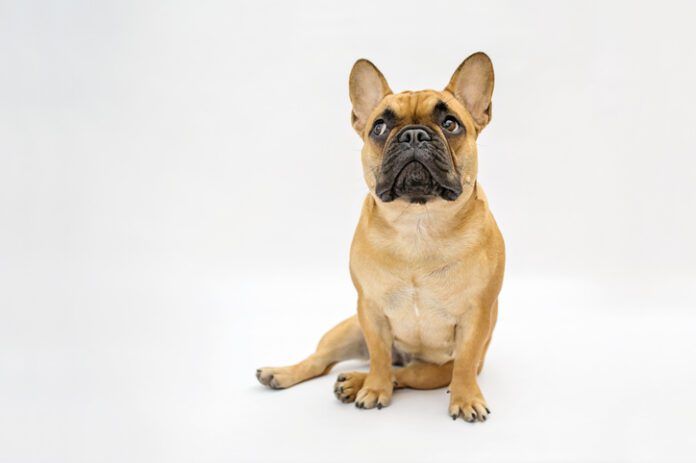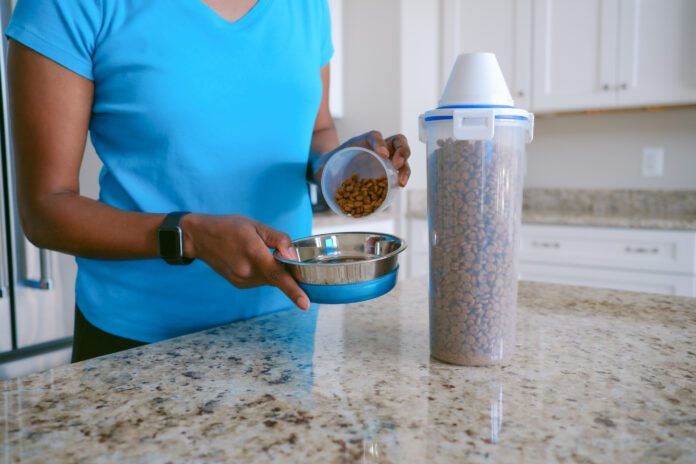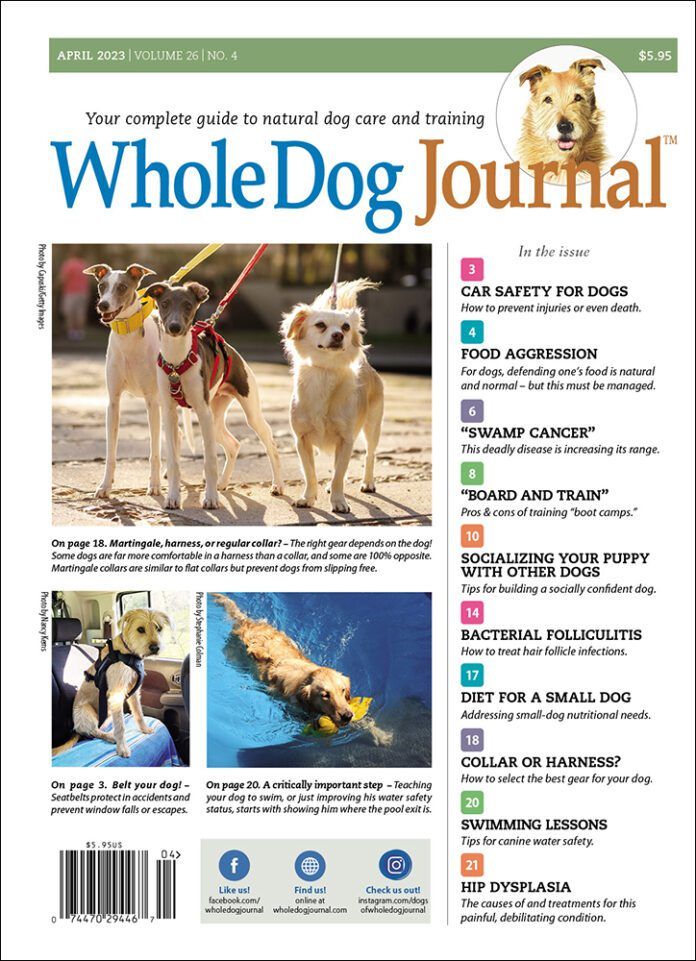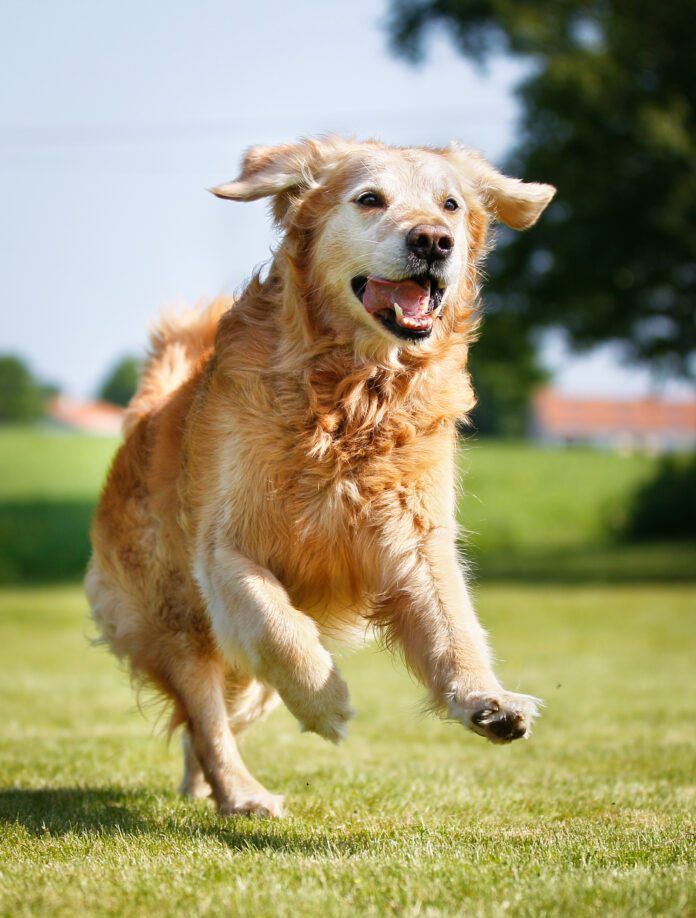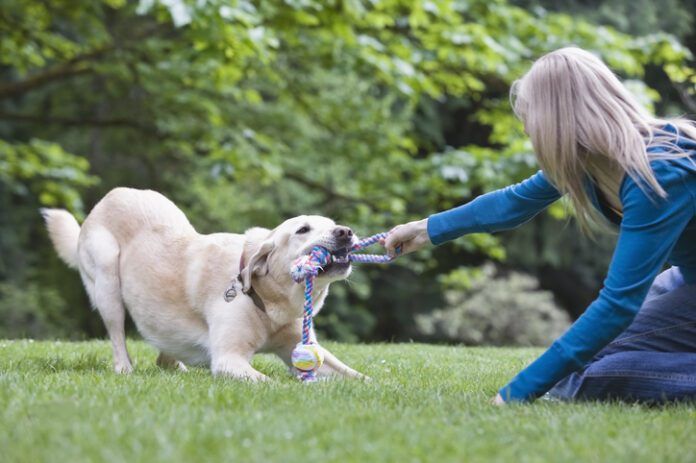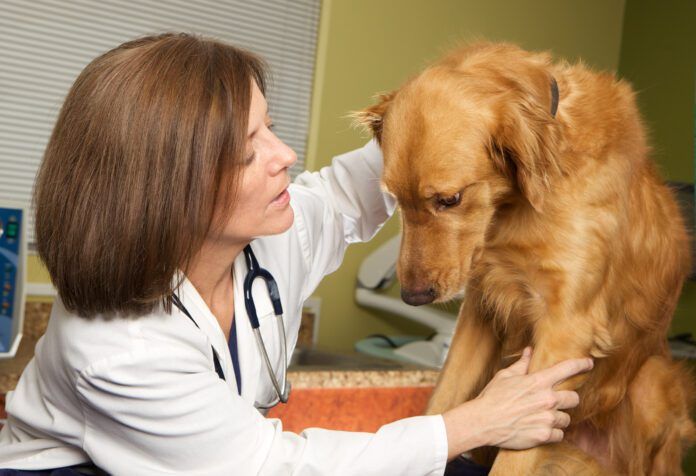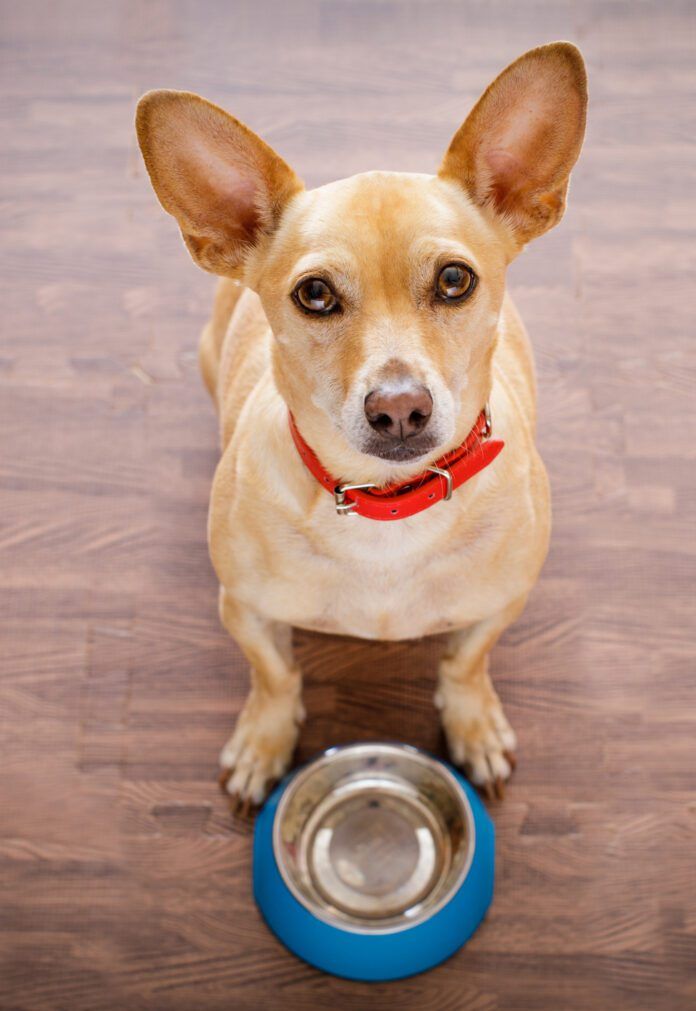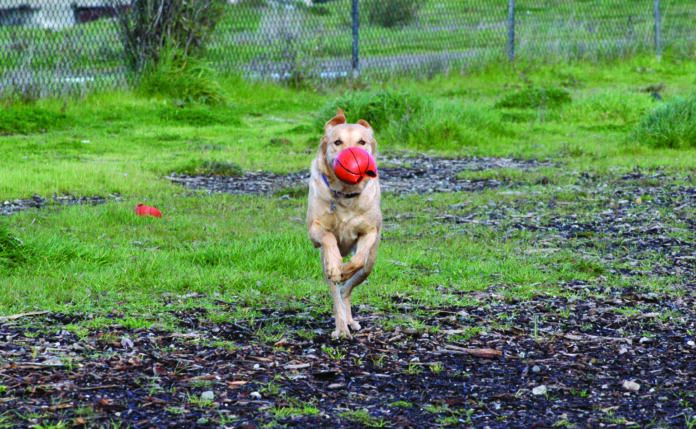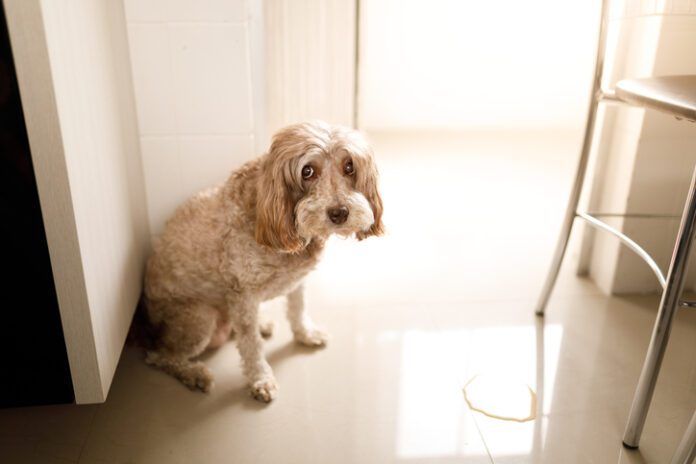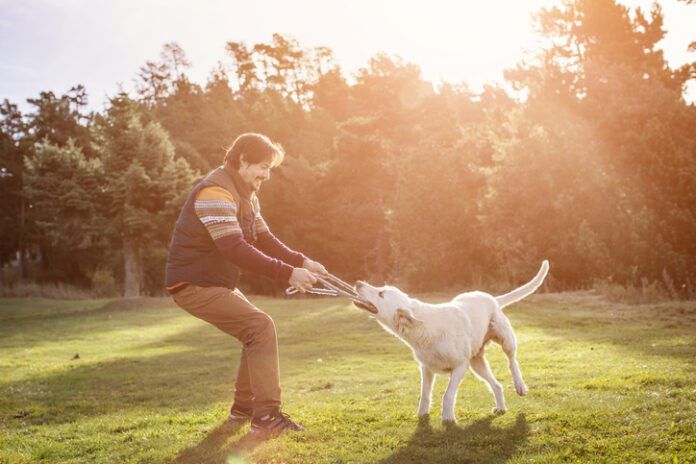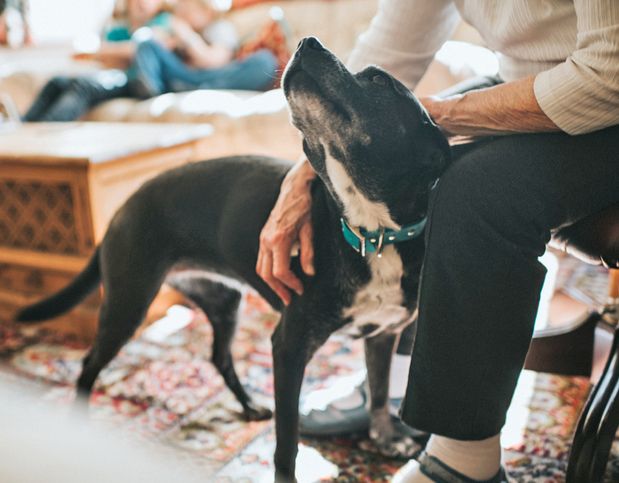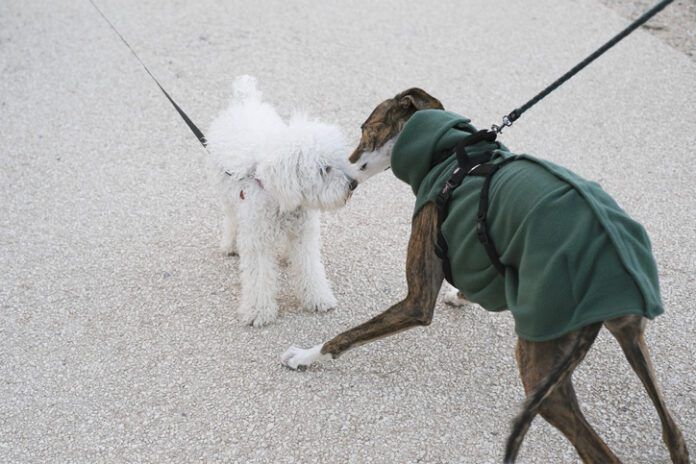According to a news release from the American Kennel Club (AKC), more French Bulldogs were registered with the organization than any other breed of dogs in 2022. The AKC – and thus every news agency that published some version of the news release – characterized this fact in the same way they do every year: by saying the breed is now the “most popular” breed in America.
The AKC stopped releasing the numbers of dogs that the organization registers each year some years ago, so it’s impossible to know exactly how many French Bulldogs were registered last year, or how many more of them were registered than Labrador Retrievers – the breed that had the most registrations each year for the previous 31 years in a row. But Labradors tend to have large litters; five to 10 puppies is typical for a Labrador litter. French Bulldogs typically have two to four puppies (and almost always by caesarean section), so there must be a LOT of French Bulldog breeding going on.
Well, now I’ve looked at Craigslist.com, which “prohibits” pet sales; according to its terms of use page, though “rehoming with small adoption fees [is] ok.” Wow! So much rehoming! And I guess I wasn’t aware of how much “small adoption fees” have gone up! Dozens and dozens of Frenchie puppies have been posted for “rehoming” in my part of the state just within the last few days, for $1,500, $2,000, $2,400! And many of them are AKC-registered, how nice!

Sorry for the snarking. I have to admit that I find the news about the increasing popularity of these adorable little dogs to be sad – even more so since I’ve discovered how ubiquitous their breeders are. I’m sad because I know how much suffering many of these dogs experience: French Bulldogs are prone to spinal problems (such as intervertebral disk disease – IVDD), hip dysplasia, and patella luxation; brachycephalic obstructive airway syndrome (BOAS) and heatstroke (because they can’t pant hard enough/exchange air quickly enough to cool themselves); allergies, which contribute to skin-fold dermatitis and pyoderma (due to wrinkly skin); ear infections (due to small ear canals), conjunctivitis and corneal abrasions (due to bulging eyes) – and, of course, an increased incidence of death during delivery if their cesarean section surgeries aren’t performed at the appropriate time.
All of the brachycephalic dogs have been trending toward increasingly flat faces, and the French Bulldog is no exception. The May 2023 issue of Cornell DogWatch lists the many symptoms of BOAS – frothing at the nostrils, snoring in sleep, snorting, gagging, noisy breathing, exercise and heat intolerance – that are typical for brachycephalic dogs, and details how surgery is needed to correct the anatomical defects that causes this suffering.
I’m fairly certain that few people who buy these dogs are aware of how much they should be expecting to save for veterinary bills.
The popularity of these dogs also has led to a great number them being stolen, from homes, cars (when left alone as well as in car-jackings), and from individuals. I just read an article in the New York Times about a 76-year-old man who bred and sold French Bulldogs who killed by two other men in the parking lot of a KFC in Bishopville, South Carolina; the two men arranged to meet the breeder there, purportedly to buy the French Bulldog for $2,500. They stole the dog and shot the breeder to death. It seems like this is what happens when dogs are such a valuable commodity (their small size increases their vulnerability, no doubt).

I like the French Bulldogs I have met. They tend to be clownish and playful, and fairly undemanding of their owners. While it’s often reported that they can be difficult to train, their smaller size means that even kids or elderly people are able to walk them without too much trouble even when they pull on leash. They aren’t barky, though they can be quite vocal with cute squeaks and moans when they want something.
I’m sorry they have gotten so popular.


